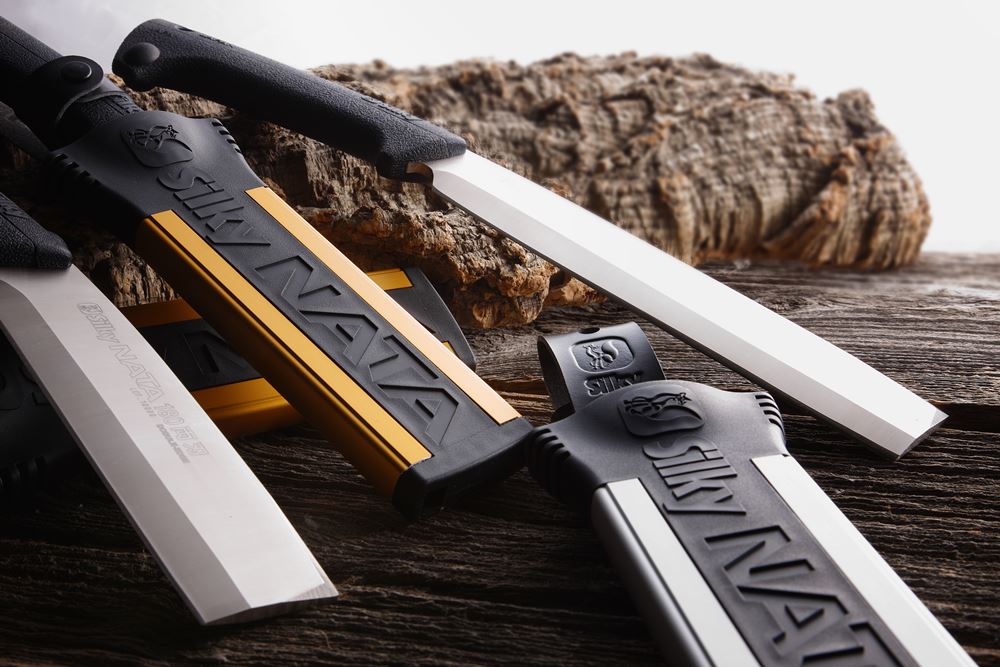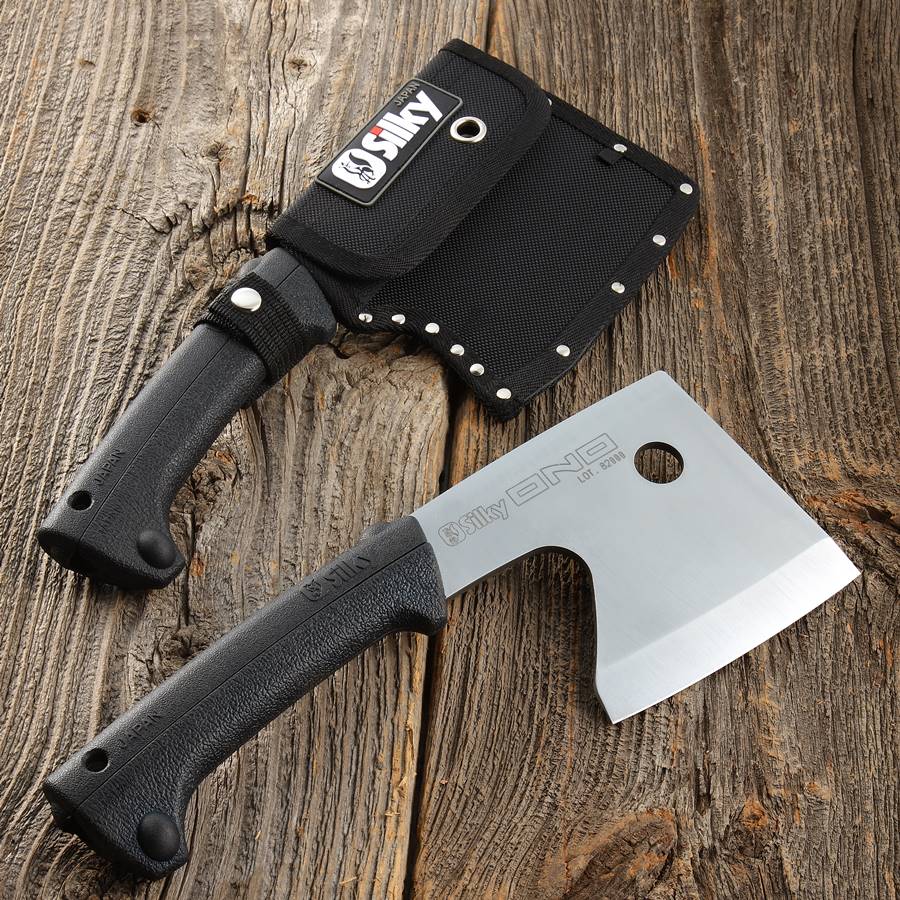Learning About Spoon Carving From Customers
We have had quite a number of enquiries for our saws and axes over the last few years. And as you may know, when you checkout your purchase of a product on our site, you can’t actually pay for it. We call you back and have a chat to try and make sure that you get the right product to do the job.
Quite a few of those conversations have been with people who are buying a saw for collecting timber, or making a cut in the spoon to stop the axe splitting the whole length when shaping. They have also been looking at some of the Silky small axes and some have even been buying some of our big axes.
The video below is by Ben Orford and titled How To Carve a Spoon With Ben Orford. From what I have discovered on YouTube, Ben is well known and respected in the Spoon Carving community. After watching I can see why. The title picture is also an image from the video of Ben showing the knives he uses for whittling the spoon.
Chatting with Customers
Chats with clients have been quite inspiring and have made me find out a bit more about the very ancient art of spoon carving.
Like any investigation of something you don’t know, sometimes it leads to enchanting rabbit warrens that you dive into and don’t surface from for days. Not saying that I spend all day doing it, but whenever there’s a spare moment, you find yourself thinking about what you have learnt and looking up another aspect of spoon carving.
Which leads me to Zen. When you start your own search into spoon carving, you will find that the sites that really intrigue you have a story and a calmness. From blogs to youtube and even reddit. Of course I was particularly impressed with the use of a Gomboy on the Reddit post. There are over 90 piccies of his spoon from log to finished. This guy has only been spooning for about 18 months but has certainly got the bug.
Back To Zen
Some of you might be asking, “What is Zen really?” You have a vague idea about calmness, meditation and now is the moment, but what is a good definition? Of course Zen comes from the Japanese and you know that Silky Saws and Okatsune secateurs are created in Japan. Having visited Silky Japan a number of times, we have a bit of a fascination with the culture and quality of workmanship in their manufacturing. A lot of it harks back to their outlook on life and the Zen approach to concentration and being in the moment in their work.
From the website Zen Enlightenment
Mushin is the essence of Zen and Japanese martial arts. Mushin literally means the “mind without mind”, and it is commonly called “the state of no-mindedness”.
Mushin is at the core of Zen and Japanese martial arts. It is a state of mind where the mind is not fixed on or occupied by any thought or emotion and is thus connected to the Cosmos.

The Silky Nata Axe in single or double edge and the Silky Ono Hatchet

Talking about rabbit holes. Anyhoo, I discovered, when I looked at a lot of websites and videos, was that there were phrases such as “it is like a form of meditation when you are working on your spoon”
They use Green Wood?
When I first heard about spoon carving from a customer, I was quite intrigued. But I was confused because this client, when explaining about spoon carving, said that they used green wood. Well I have watched my father work with wood all my life. And from a small age, I learnt that most woodworking is done with dry wood so that the timber doesn’t warp, split and crack.
From my journeys into the the rabbit warren of spoon carving, I have found that spoon carvers prefer to use green wood. It is much easier to work with by hand. It also teaches them a skill to work with the wood and the grain and to take advantage of the natural warp and woof of the branch. This skill grows over time as you carve more spoons. You become the wood whisperer and the wood starts to whisper back.
I can’t say that I have experienced any wood whispering, but I have benefited from the tutelage of a child whisperer, and children definitely whisper back.
Australian Trees for Spoon Carving
The other thing about Australian trees is that they are a lot harder than trees on the other continents. This knowledge doesn’t come just from my father. Back in the early millennium, representatives from Silky Japan visited Australia and wanted to learn about the trees and working conditions. They took back over twenty tree samples and more sap samples to see what their effects were on Silky Saws. These experiences have lead to changes in saw and tooth design as well as steel composition for saws manufactured for Australia.
This quote from The Spoonsmith exemplifies Australian Trees for carving. When you read his post about Australian trees you find that there are gems to be found and ways to take advantage of them.
So if you have always wanted to tinker with wood, but didn’t know whether you wanted to invest a serious amount of money in a workshop, workshop equipment and tools… perhaps spoon carving would be the perfect entry point. For a couple of hundred bucks, you could have all the tools you need to achieve the serenity of The Castle. Or maybe you just want to be like Granny and enjoy some whittling.
Memorable Quote
One that really stuck was from a video The Simple Art of Spoon Carving
“I tend to do it either sitting at night, I used to sit at night by the fire and just carve spoons and in the summer I sit on the back porch and carve spoons
It’s a very meditative thing to do. If ever you’re watching someone do it you’ll find they could care less what you’re doing. And if you try to pull them away they would rather take one more cut. And that one more cut goes on for hours. It’s a very addictive way of working wood.”
Fascinating and Informative
It has been a fascinating tour through the Wonderland of Spoon Carving and has made me realize why the numerous people I have talked with have been seeking quality tools like the Silky small axes and of course the saws.
Now if I could just get Colin interested so that I could do a video of him shaping a spoon with a Silky Axe.
I’ll let you know how I go.

